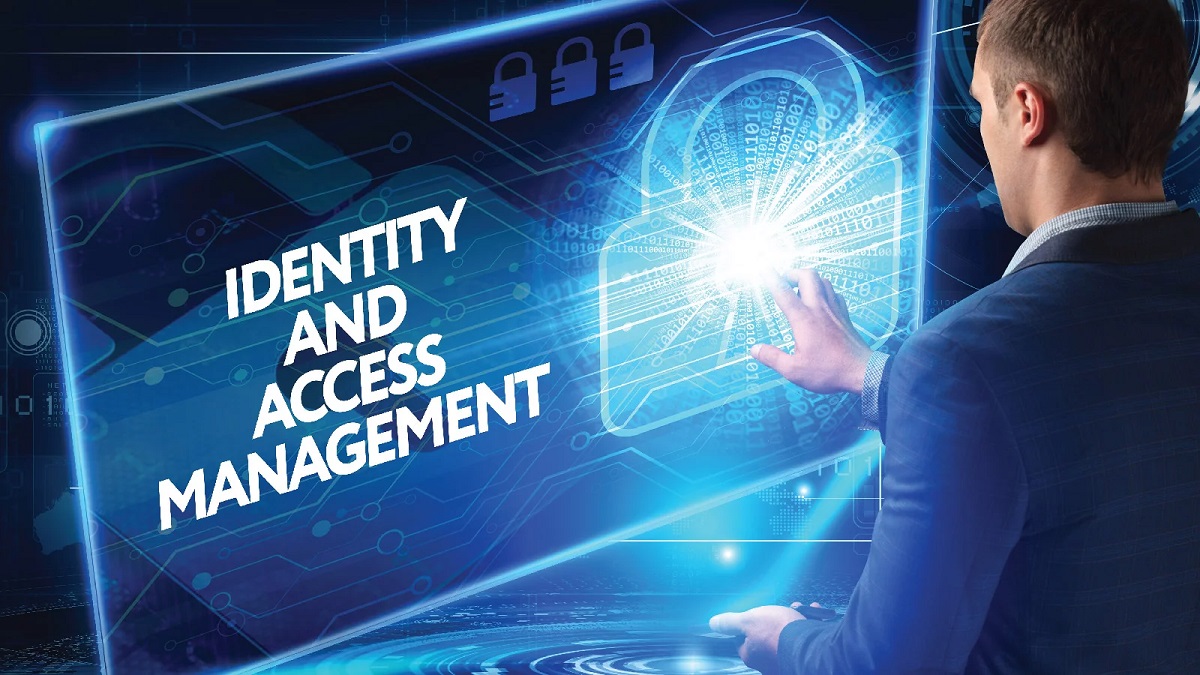Identity and access management (IAM) refers to the internal processes of an organisation that concentrates on the management of user accounts and corporate network resources, including access rights for users, organisations, systems, and applications. IAM includes functions for managing user identities on the network and serves mainly to authenticate users.
In the digital world, identities take the form of attributes and entries in a database. Organisations that offer online services create a unique user experience from the data they collect in their static and dynamic attributes. Access management is performed once the identity of users has been established. Following authentication, a decision should be made at the access control level. IAM useful in a lot of ways such as ensuring regulatory compliance, allowing cost savings, and simplifying the lives of customers by improving their experience.
Below are the benefits of IAM systems:
Encourage Connections
The digital transformation is happening among organisations, forcing the need for people, applications, and devices to stay connected to each other. However, these practices come with some security threats. But, IAM solutions ensure correct administration with the best identity providers. Authentication and security are the strengths of IAM.
Improve Productivity
IAM automates the entry of new personnel and facilitates access to all system components with which the organisation operates. This enables a reduction in time in access delivery so users can start to produce right away. This also increases business agility by using the benefits that technology makes available to meet current demands.

Optimise User Experience
For people, remembering so many usernames and passwords to access social networks, banks, and other services online is quite challenging. Fortunately, IAM allows people to get an identity that offers access to various systems.
Single-sign-on (SSO) lets customers and partners access different internal and external applications with the same access method. This ensures the user experience is not impacted.
Ensure Brand Security
No matter whether a connection is made from several identity providers, there won’t be any risk of security breaches. IAM allows for strong authentication to keep your business and brand secure. IAM systems perform detailed verification of all identities and allow different licenses to limit access levels. Also, it monitors through analysis fraud detection and alert functions that mean a potential risk. This means that IAM is a dependable system that employs technology to support digital transformation. It offers agility, satisfaction, and security to your customers. Just ensure you get the right solution from the right provider.
When your career is progressing and you are moving into management roles, one of the biggest challenges can be when you are asked to take on responsibility for a remote team. As businesses become more global and more employee monitoring tools complex, it is becoming increasingly common to use remote teams to provide geographic or time-zone coverage, and also to have work completed at a lower cost-base, or where the required skills can be located.
In some ways, managing a remote team of people is very similar to managing a team of people that sit in the same office as you, but there are some important distinctions and variations.
In this article we will share some hints and tips on how to prepare yourself to effectively manage your first remote team.







